After the first minutes with the new MSI RX 5700 XT a déjà-vu attacked me, because I suddenly had the legendary MSI R9 390 X 8G in mind again. Fast thing, a bit hot and by no means a despiser of food, on the contrary. Well, as you know, power comes from fuel and that’s why MSI has aligned itself to it. The concept to bring the fastest RX 5700 XT on the market so far has certainly paid off. I can spoil that much. Of course, we’re still talking about the possible consequences.
In times when school-age girls sail the Atlantic because of the climate, such a current-red packaging of course always makes itself a bit bad. That’s why in a second benchmark run I also trimmed this card to the state of the reference card using our MorePowerTool in order to recognize the actual character behind the construction. The proposed silent solution about MSI’s new Dragon Center would certainly also be an option, but since the software also changes Windows’ energy plan, among other things, I’m leaving it at that. MPT and done!
Technical data and picture gallery
Anyone who knows the Evoke will not be surprised by the new design. Again, you break with pretty much all the design elements of recent years and walk on rather simple paths. From the Dragon mega-edge design to the 1980s smooth-lucked railcar? It doesn’t even look bad and there’s an RGB logo on top of it for free on the house. Brushed plastic can also look higher quality and you only really notice the jewellery when you touch it.
Matching the promised overview of the most important features
| Length (outer edge of slot bracket to end of card) | 27,8 cm |
| Installation height (upper edge of PCIe slot to upper side of card) | 13,5 cm |
| Front mounting depth (cooler body to underside of circuit board) | 4,9 cm |
| Rear mounting depth (board to outside of backplate) | 0,5 cm |
| Weight | 1408 g |
| Shroud | anthracite, subtle colour applications ABS injection moulding, brushed LED logo on the upper side |
| Connectors | 3x DisplayPort 1.4 1x HDMI 2.0 |
| Other Features | 2x 8-Pin |
The four most important tabs of the MorePowerTool provide an initial overview of the individual requirements of the MSI BIOS:
In addition there is of course the obligatory GPU-Z screenshot:
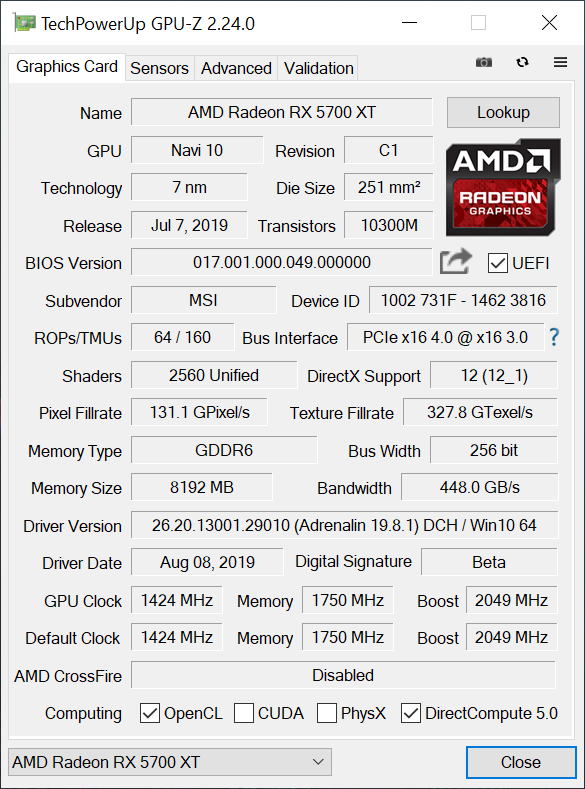
Finally, the table gives a nice overview of the remaining technical data of the current and older comparison models:
| Data | AMD Radeon RX 5700 XT |
MSI RX 5700 XT Gaming X |
AMD Radeon Vega 64 |
AMD Radeon RX 5700 |
AMD Radeon Vega 56 |
| Architecture (GPU) | Navi 10 | Navi 10 | Vega 10 | Navi 10 | Vega 10 |
| CUDA Cores / SP | 2560 | 2560 | 4096 | 2304 | 3584 |
| (40 CU) | (40 CU) | (64 CU) | (36 CU) | (56 CU) | |
| Texture Units |
160 | 160 | 256 | 144 | 224 |
| Texture Fillrate (Gtexels/s) | 304.8 | 326.2 | 395,8 | 248,4 | 330 |
| Base Clock Rate (MHz) | 1605 | 1424 | 1274 | 1465 | 1156 |
| Boost Clock Rate (MHz) | 1755 (typisch) 1905 (max.) |
2049 (max.) | 1546 | 1625 (typisch) 1725 (max.) |
1471 |
| Memory | 8 GB GDDR6 14 Gbps |
8 GB GDDR6 14 Gbps |
8 GB HBM | 8 GB GDDR6 14 Gbps |
8 GB HBM |
| Bus (Bit) | 256 | 256 | 2048 | 256 | 2048 |
| Bandwidth (GB/s) | 448 | 448 | 483,8 | 448 | 410 |
| ROPs | 64 | 64 | 64 | 64 | 64 |
| L2 Cache | 4 MB | 4 MB | 4 MB | 4 MB | 4 MB |
| TGP/TBP | 225 W | 260 W | 295 W | 185 W | 210 W |
| Mrd. Transistors | 10,3 | 10,3 | 12,5 | 10,3 | 12,5 |
| Die (mm²) | 251 | 251 | 495 | 251 | 486 |
| Node | 7 nm | 7 nm | 14 nm | 7 nm | 14 nm |
| MultiGPU | DX12/Vulkan | DX12/Vulkan | CF | DX12/Vulkan | CF |
Test system and measurement methods
The test system and methodology are well known, but since I now test independently here in Germany, the test system has also been upgraded again without having to consider the former US colleagues.
The summary in tabular form offers interested parties a quick overview:
| Test System and Equipment |
|
|---|---|
| Hardware: |
Intel Core i9-9900 KF MSI MEG Z390 ACE 2x 8GB KFA2 HoF DDR4 4000 1x 1 TByte Patriot Viper (NVMe System SSD) 1x Seagate FastSSD Portable USB-C Seasonic Prime 1200 Watt Titanium PSU |
| Cooling: |
Alphacool Eisblock XPX 5x Be Quiet! Silent Wings 3 PWM (Closed Case Simulation) Thermal Grizzly Kryonaut |
| Case: |
Lian Li PC-T70 Modi: Open Benchtable, Closed Case |
| Monitor: | Eizo EV3237-BK |
| Power Consumption: |
Non-contact direct current measurement on PCIe slot (riser card) |
| Thermografie: |
1x Optris PI640, 2x Xi400 Thermal Imagers Pix Connect Software |
| Akustik: |
NTI Audio M2211 (with calibration file) Steinberg UR12 (with phantom power for the microphones) Creative X7, Smaart v.7 own anechoic chamber, 3.5 x 1.8 x 2.2 m (LxTxH) Axial measurements, perpendicular to the centre of the sound source(s), measuring distance 50 cm Noise emission in dBA (slow) as RTA measurement Frequency spectrum as graphic |
| Betriebssystem | Windows 10 Pro (1903, all Updates) |














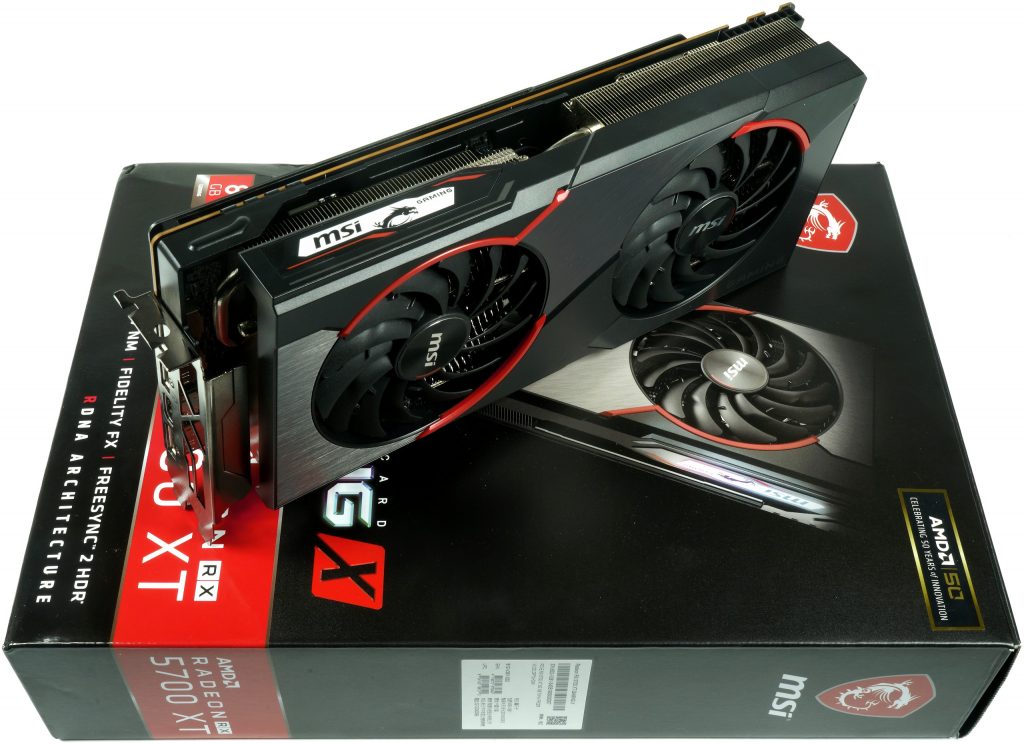
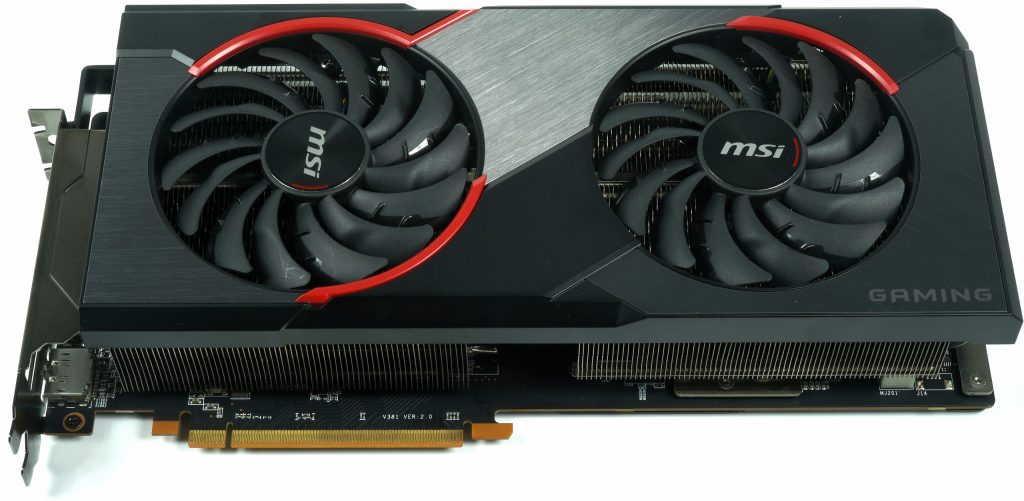
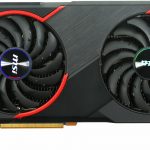
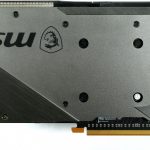
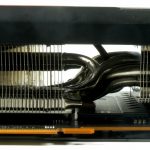
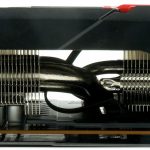
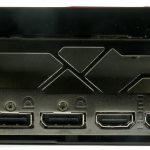
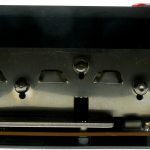
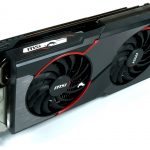
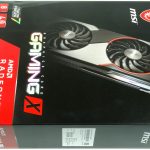
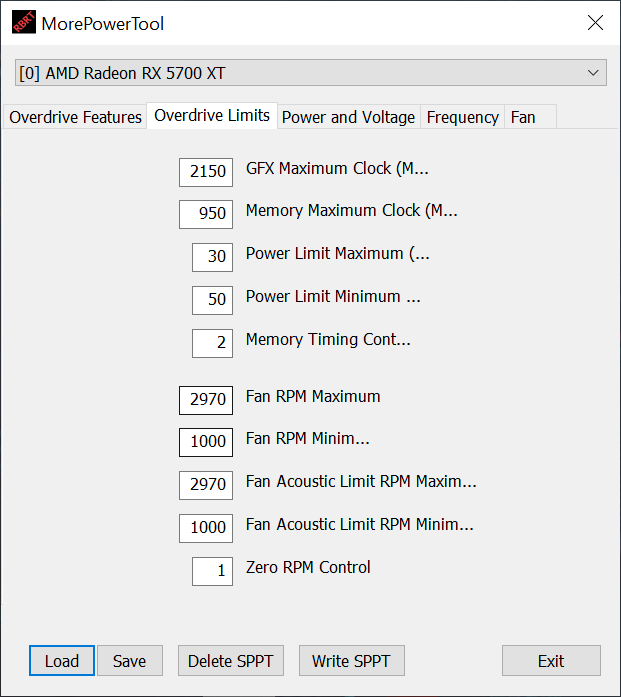
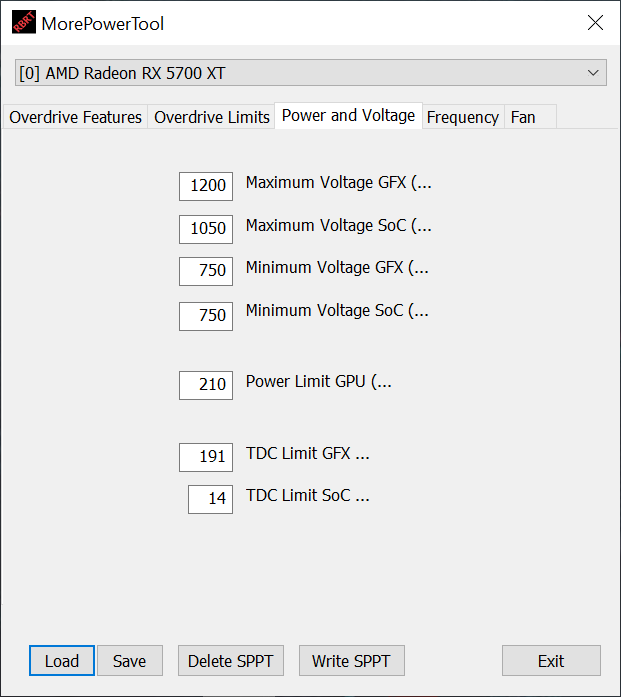
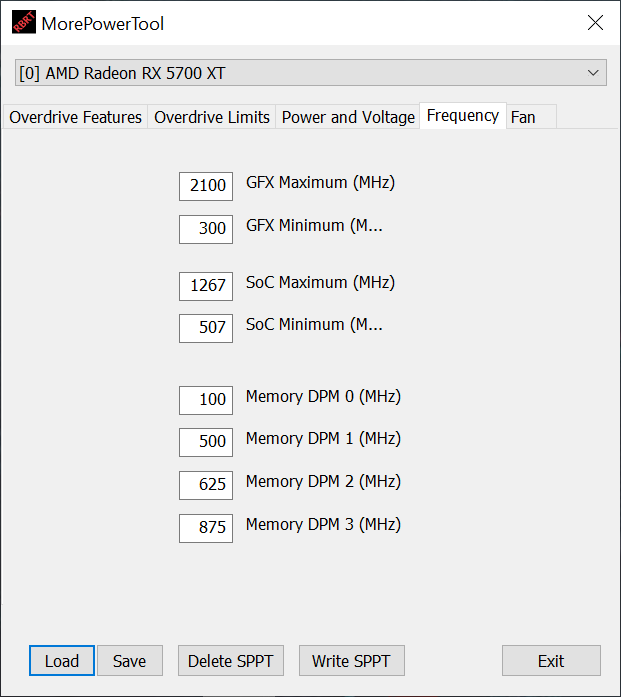
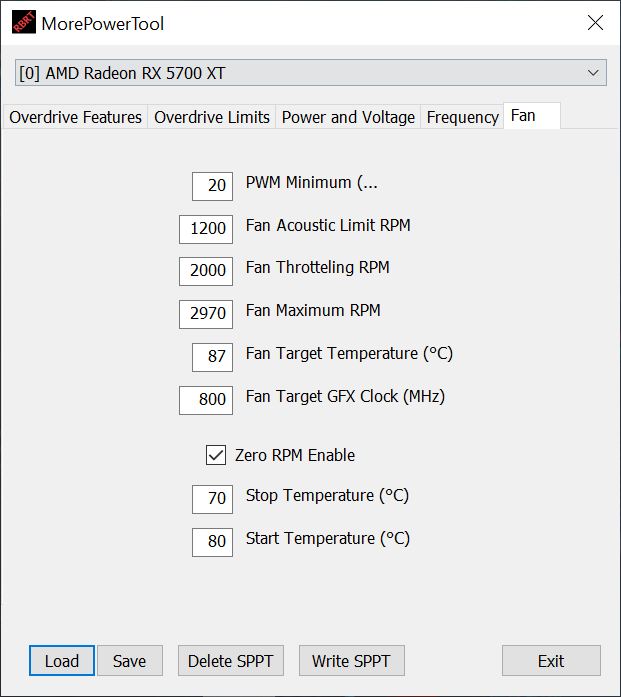
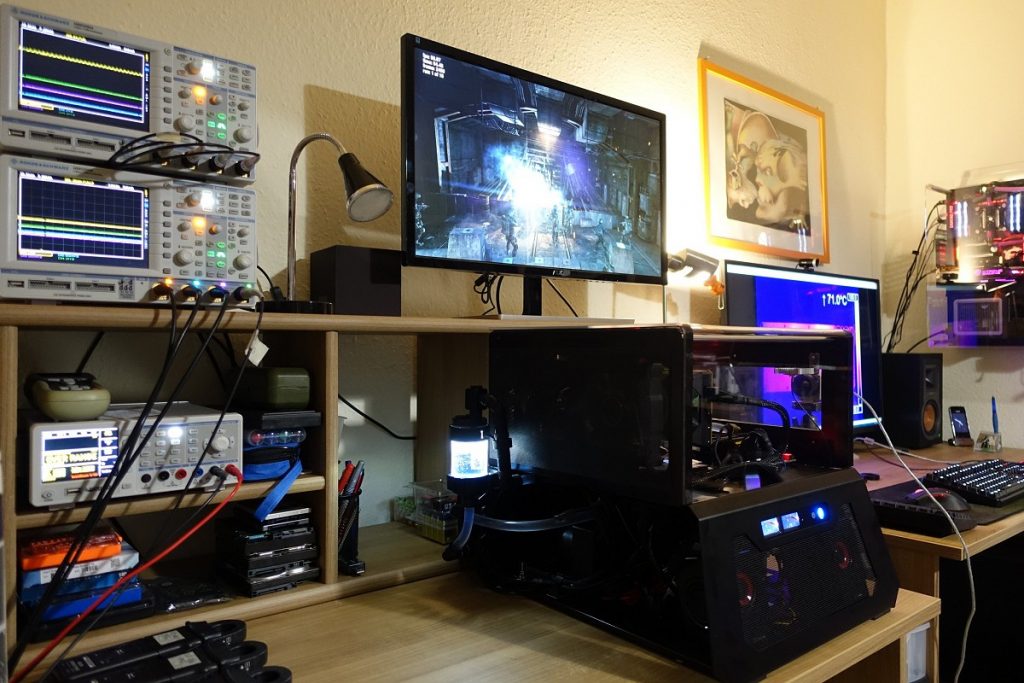


















Kommentieren